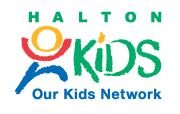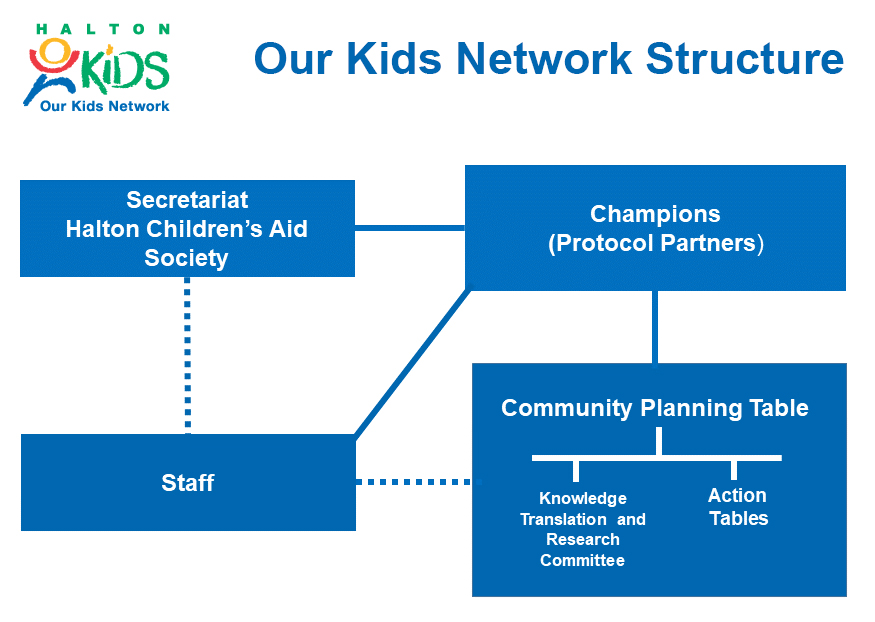By Angela Bellegarde, Our Kids Network Indigenous Lead
Have you had a conversation with a child or youth about racism?
It would be difficult not to if you have a school-aged child or youth in your life. It’s a daily conversation in my home these days. While trying to encourage my 10-year-old to continue with her Grade 5 studies in order not to be a middle school drop-out adding to the number of Indigenous people who do not complete high school, I learned she has been watching Black Lives Matter demonstrations and protests on social media. She has a hard time explaining how to add fractions, but she can show me how to signal if she needs a helmet in a demonstration or how to escape riot police.
My 14-year-old son has some pretty strong views too. I asked him how to make an Instagram post all black to show my support for the Black Lives Matter protests and he argued against it. Not because he doesn’t support the movement, but because he feels people are jumping on a band wagon. He questions whether people are doing what seems easy or are they actively advocating in their lives every day. “Wow,” I thought, “I think I might be doing something right as a parent.”
I have a sense of what my kids are thinking about when it comes to racism, because I have these conversations with my kids regularly. To be sure, they are tough talks. As an Indigenous mother, it can be heartbreaking, but I do not have the luxury of choice. My kids are Indigenous in Canada. I have to ensure that they have the tools to deal with inevitable racism.
How do I start discussing systemic racism?
My children were so excited to receive their Registered Indian cards in the mail. The fact that they are Registered Indians, as defined by the Government of Canada’s Indian Act – systemic legislation designed to assimilate and civilize the Indian – seemed like great place to start. It’s not like Mom hasn’t rained on their parade before.
So, I started with the Pass System. Notice how “system” is right there in the name. Systemic racism should be easy to spot, really. Canada’s Pass System required any Indian wanting to leave the reserve – for any reason – to ask permission of the “Indian Agent”. In fact, almost all activities required permission from the Indian Agent. My children’s Kokhum (grandmother) had her own experience with this person. “The Indian Agent sure was mad when your Mooshum and I got married”, she told my kids. “Your Mooshum didn’t ask for permission to marry me. Good thing we didn’t get married on the reserve. It may not have happened!”
I have also only touched on the Residential School System with my kids. These topics must be presented in small doses, and as necessary. Children can easily be overwhelmed with such heart-breaking information and need time to digest it.
Unfortunately, I have to speak to my children about the racism they will encounter at school, in sports, and with friends, and also with well-meaning non-Indigenous people in their lives. If I had a Loonie for every time I heard “But you don’t look like an Indian. I think you mean to say you are Metis.” when I was growing up… Well I’d rather not think about that number right now. It didn’t take me long to learn that explaining the fact that I was a Registered Status Indian and band member of Peepeekisis First Nation, wouldn’t get me far with non-Indigenous parents and teachers who felt the need to set me straight on who I am. As a child, I always wondered why I was the one teaching them. They were the adults.
My son, who is very proud to be Indigenous, wears his identity on his sleeve. Literally. He recently did a peer to peer exchange with youth from Attiwapiskat First Nation in northern Ontario through Hockey Cares. You might recall hearing about Attiwapiskat in the news a few years back. The community realized a cluster of suicides and called on the Federal government to provide adequate mental health services.
The youth in Attiwapiskat gave out ball caps and hoodies with their community crest and the words “Proud to be Native” as gifts. I beam with joy to see my son wearing these items. As a kid growing up on the prairies, I knew that identifying yourself as a First Nations person could be dangerous. It still is actually, when we remember Coulton Boushie, the young Indigenous man who was killed by a white farmer in rural Saskatchewan.
Back to my son. He endured a racial incident with his friends this winter. I found him sobbing in his room one day. A visceral sob that I recognized. He was in pain. A pain that a mother’s kiss wouldn’t fix. Apparently a virtual game he was playing with friends got heated. Words were exchanged. None of them good, including my son’s. It got to the point where my son was told, “Go back to Residential School and get (insert word for sexual assault).” I never learned about Indigenous people in school, yet I went to a high school surrounded by First Nations reserves. Not one teacher, nor topic in the curriculum, was Indigenous. I also never thought that this current generation, now learning the truth about how Indigenous people have suffered, would use this knowledge against us. It was a week of tough conversations in my home.
I recognize that this is my son’s story to tell and, traditionally, stories should really be told in winter. But I will say a prayer and ask for forgiveness because I think it is an important story that illustrates the importance of talking about racism with our children. You may be thinking, “My children are not racist. I know my kids.” Some of you are saying, “We are first or second generation Canadians. We know racism. We are in Canada because we left that behind.” Maybe you are saying, “This is Canada, Halton or anywhere else. Racism doesn’t happen here.” Yes, it does.
I am closing by recommending resources that I hope will help you talk about racism with children and youth. Start the conversation. It is never too early or too late. Make an effort to understand what they are thinking. Help shape their worldviews to be inclusive of all, respectful, and kind.
Take some time to explore the resources linked below and to do your own web research. The resources are there for you as to use as tools for making change.
How to change systemic racism in Canada. What does racism look like in Canada? Web series called “First Things First“, and produced by TVO, features Cindy Blackstock, executive director of the First Nations Child and Family Caring Society of Canada. She tells us the story of Jordan River Anderson and why she continues to fight the Canadian government to gain rights for Indigenous children.
What needs to change to end systemic racism in Canada towards Indigenous peoples. Anne-Marie Mediwake of CTV’s Your Morning show interviews former MKO Chief Sheila North who reacts to some Canadian politicians denying systemic racism.
How can I help? Eddy Robinson is an educator on Indigenous issues. In this TVO web series called “First Things First”, Robinson explains why asking “How Can I Help?” is not the right question.
Racism: Indigenous Perspective with Senator Murray Sinclair. How and why do the impacts of history persist? How racism is directly or indirectly manifested in our society? What are our obligations to address racism? How do we reconcile divisions created by racism? How do we directly or indirectly reinforce racism? How is racism holding us back? In this video Canadian Centre for Ethics in Public Affairs explores these questions with Senator Sinclair.
21 Things You May Not Have Known About the Indian Act. Activist and author, Bob Joseph, looks at some of the restrictions and impacts imposed on First Nations (some have since been removed in revisions of the Act).

